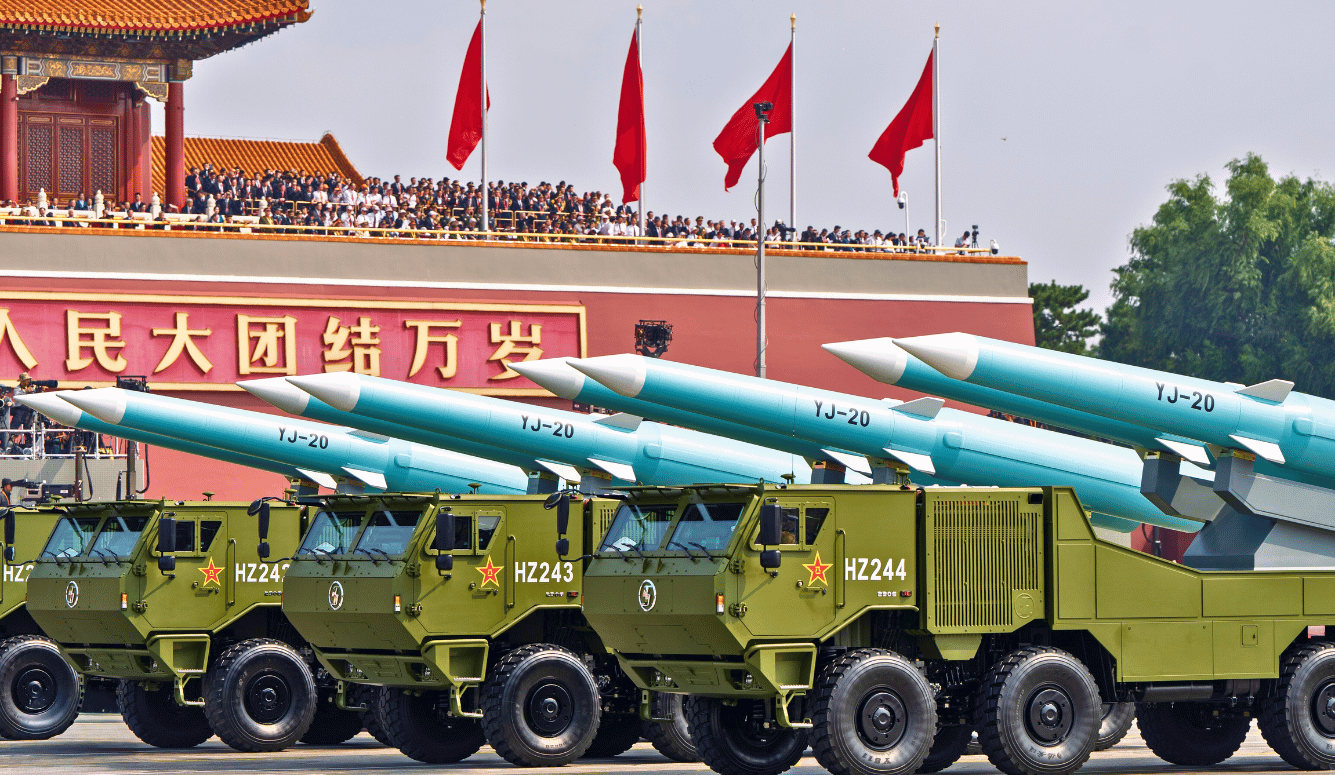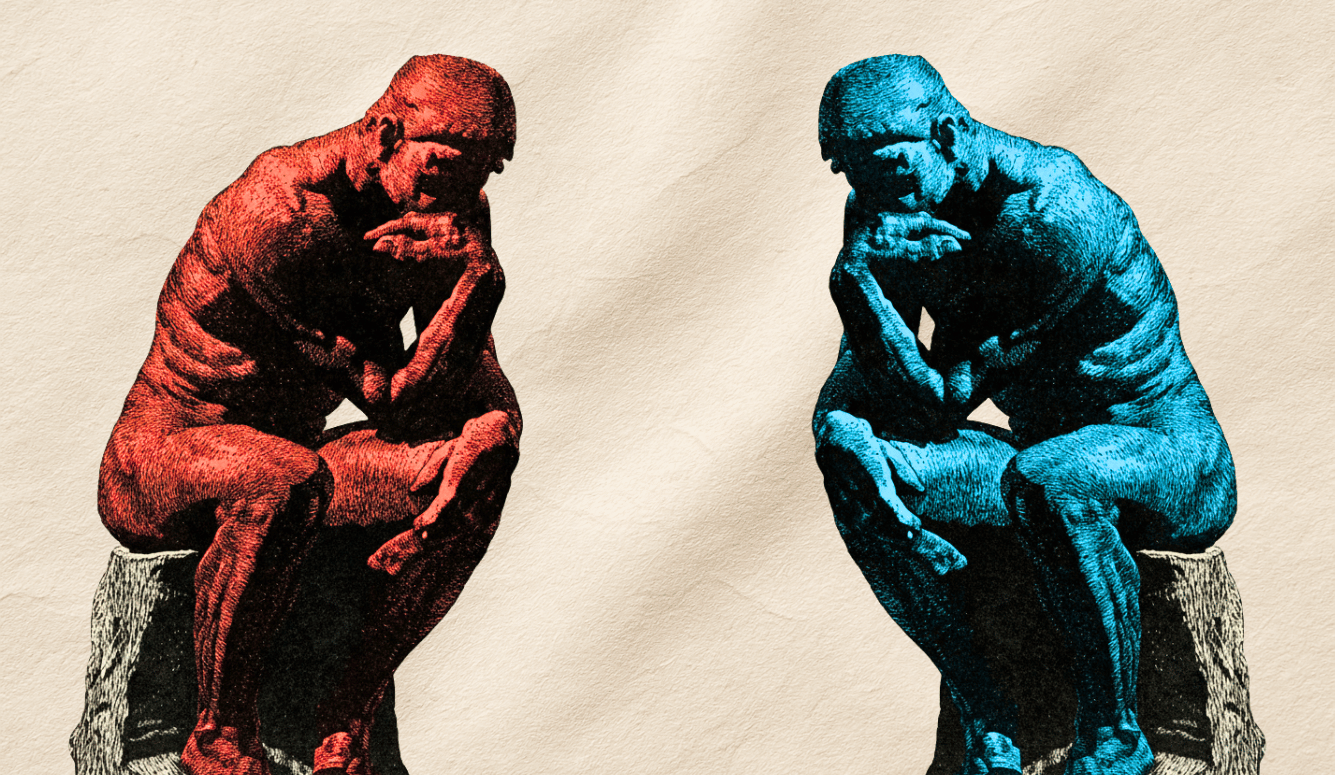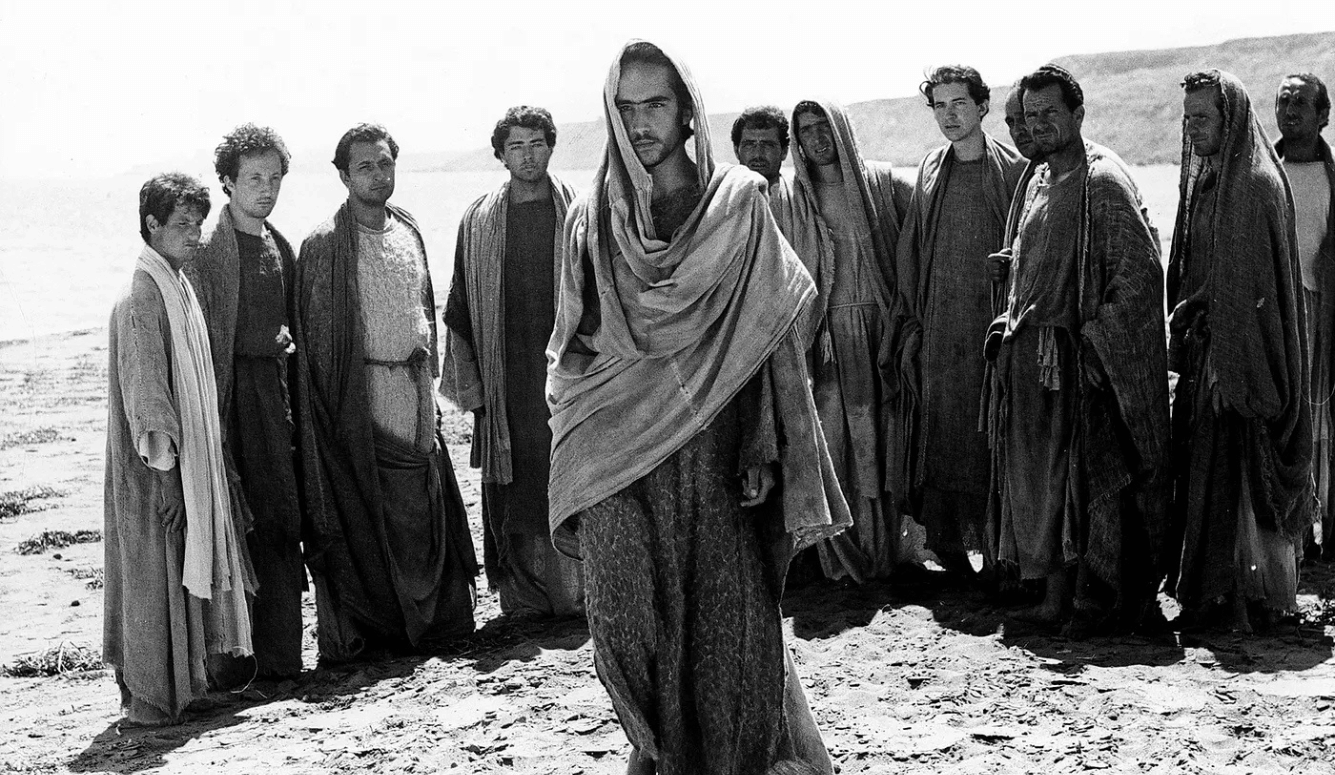Politics
A Show of Weakness
China’s military parade was a distraction from the country’s weaknesses and vulnerabilities.
· 9 min read

Keep reading
Sudan Between Two Middle Easts
Chama Mechtaly
· 21 min read
Can Art Convey Truth?
Jerry A. Coyne
· 8 min read
Quillette’s Most Read—2025
Quillette
· 3 min read
Podcast #318: Christmas in Byzantium
Quillette
· 3 min read
The Gospel According to Pasolini
Robert Huddleston
· 8 min read





